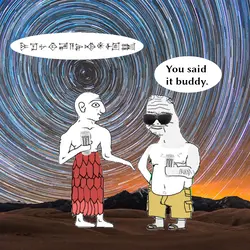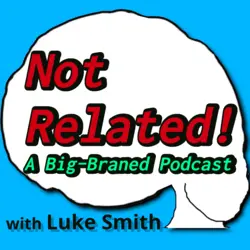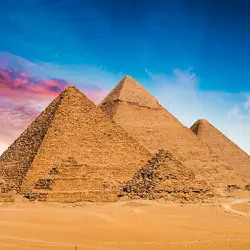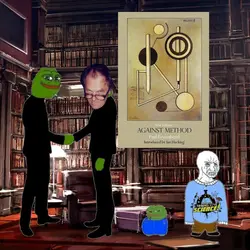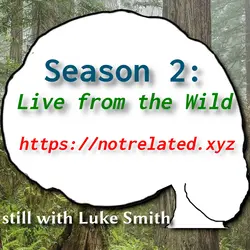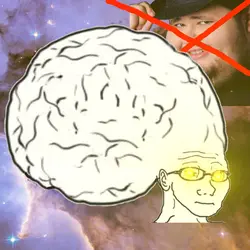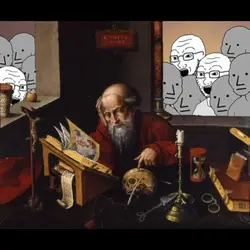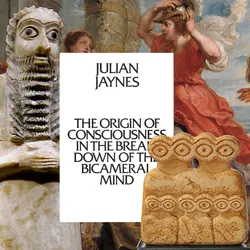Myth as Science and Prehistoric Knowledge: Hamlet's Mill
Description
This episode...
Known history is less than 1% of the time humans have inhabited earth, and thus most of our past survives only in the partial evidence of myth, genetics and badly decayed archaeological remains. In particular, mythology is not just a collection of arbitrary stories, but as the authors of Hamlet's Mill argue, it is a long-lost theoretical language used to store astronomical and scientific knowledge.
While we all know that myth can store relevant information in a memorable format, it can also embed very specific details of a preexisting system of knowledge also attested in archaeoastronomy, even in well-known sites like Stonehenge, the "neolithic calculator" which shows astronomical knowledge far more precise than that of any average person of today.
The reason the earliest philosophical and religious mythology seems absurd or opaque to us is partially because it is speaking in a jargon which has been lost, like alchemy or primeval sciences. In the right context, we can see a long tradition of knowledge preserved from at least the Stone Age.
Readings and Links
Note that pay-walled academic articles may be obtained by feeding their URLs to sites like Sci-Hub.
- Hamlet's Mill: An Essay Investigating the Origins of Human Knowledge and Its Transmission Through Myth (Giorgio de Santillana & Hertha von Dechend)
- The Origins of Scientific Thought: from Anazimander to Proclus, 600 B.C. to 300 A.D. (Giorgio de Santillanna)
- Stonehenge: A Neolithic Computer (Gerald Hawkins)
- Learn the Ancient Babylonian Math System! (YouTube video series)
Timecodes
0:00:00 Issuing an Extension on Human Prehistory
0:02:24 An Argument from Plausibility for R*ddit Soyentists
0:05:17 Constant Emergence of Civilization
0:06:31 Myth as the Science of Prehistory
0:07:44 I hate Hamlet's Mill.
0:10:12 Which came first: the Planets or the Gods?
0:11:50 Astronomical Myths in India and the Vedic Tradition
0:15:28 On Al-Biruni and his bad pronunciation
0:18:00 Mythology as technical language
0:20:40 Hamlet's Mill and the Precession of the Equinox
0:23:15 Hamlet and his story and Cosmic Mill
0:27:15 Hyperdiffusionism
0:30:24 Donations https://donate.notrelated.xyz
0:31:21 On podcast length and density again
0:33:15 Why .ogg instead of .mp3?
0:36:08 Thor Heyerdahl
0:38:40 The Polynesian discovery of America, physical and genetic evidence
0:43:16 Aboriginal Australians discover America in prehistory.
0:50:20 On Denisovans and Homo erectus
0:51:55 Diversion on Solutreans in Europe
0:53:50 On alchemy and technical language
0:56:19 Hipparchus and Babylonian astronomy
0:57:25 Ancient Memes we use every day
0:59:50 How many degrees are in a circle?
1:01:20 Babylonian Math https://www.youtube.com/playlist?list=PLIljB45xT85CdeBmQZ2QiCEnPQn5KQ6ov
1:03:51 Full development of science in prehistory
1:04:25 Panini's Ashtadhyayi and its deductive predecessors
1:06:52 The Memory Code by Lynne Kelly
1:08:41 The Cosmos and Ancient Astronomy
1:09:49 Stonehenge as a Neolithic Calculator
1:12:25 Poverty Point
1:13:12 Closing on the Precession of the Equinoxes
More...
- The Not Related! website: <a href="https://notrelated.xyz"notrelated.xyz
- Donations will be read in the middle of each episode: donate.notrelated.xyz

